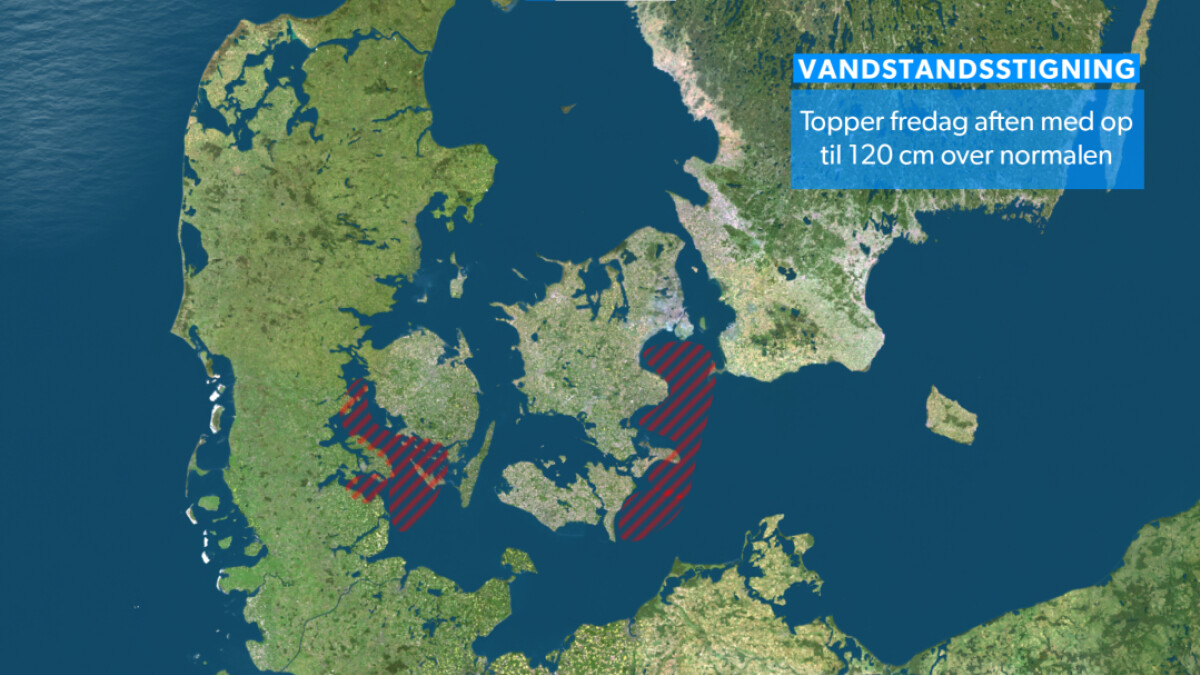Kawasaki Disease And Respiratory Viruses: Compelling Data Suggest A Previously Unknown Pathogen

Table of Contents
The Mysterious Etiology of Kawasaki Disease
Kawasaki disease is characterized by inflammation of blood vessels, primarily affecting children under 5 years of age. The exact cause remains unknown, posing a significant challenge for healthcare professionals. Current treatment primarily relies on intravenous immunoglobulin (IVIG), a therapy aimed at reducing inflammation and preventing coronary artery aneurysms—a serious complication of KD. However, the effectiveness of IVIG varies, and some patients don't fully respond, highlighting the need for a deeper understanding of the disease's underlying mechanisms.
The limitations of our current understanding are significant. The lack of a definitive causative agent and the variability in clinical presentation of KD make diagnosis and treatment challenging. This underscores the need for further investigation into the potential role of infectious agents and other contributing factors.
- KD primarily affects children under 5 years of age.
- Key symptoms include high fever, characteristic rash, swollen lymph nodes, conjunctivitis (red eyes), and changes in the mucous membranes of the mouth and lips.
- Untreated KD can lead to coronary artery aneurysms, myocardial infarction, and other serious cardiovascular complications, potentially impacting a child's health throughout their life.
The Emerging Role of Respiratory Viruses in Kawasaki Disease
Recent studies have shed light on a potential link between respiratory viral infections and the development of Kawasaki disease. Several studies have demonstrated an increased prevalence of various respiratory viruses, including human herpesvirus 6 (HHV-6), adenovirus, and influenza, in children diagnosed with KD. These findings suggest that these viruses may play a crucial, albeit still undefined, role in triggering or exacerbating the inflammatory response characteristic of the disease.
The potential mechanisms by which respiratory viruses could contribute to KD are complex and multifaceted. One theory involves immunological dysregulation, where the viral infection triggers an overactive immune response leading to widespread inflammation of the blood vessels. Another hypothesis suggests viral mimicry, where viral proteins might mimic host proteins, triggering autoimmune responses. A third possibility is a cytokine storm, an overwhelming release of inflammatory cytokines, leading to severe tissue damage.
- Increased detection of specific viral genomes (such as HHV-6 and adenovirus) in KD patients' blood samples through PCR testing.
- Studies suggesting a clear temporal association between respiratory viral infections and the onset of KD symptoms.
- Ongoing research exploring the intricate interaction between viral proteins and the body's immune response in KD pathogenesis. Specific immune cells and pathways are under investigation.
Evidence Suggesting a Novel Pathogen in Kawasaki Disease
Despite the strong correlation between respiratory viruses and Kawasaki disease, some evidence suggests the involvement of a yet-to-be-identified pathogen. The incomplete response to IVIG in a subset of KD patients indicates that other factors beyond the currently known viruses might be contributing to the disease's development and severity. This points toward a more complex etiology that likely involves multiple players.
Current diagnostic methods, while helpful, may not be sensitive enough to detect this potential novel pathogen. The limitations of standard virological tests highlight the need for more sophisticated approaches, such as advanced genomic techniques like metagenomic sequencing. This technology can identify and characterize a wide range of viral and bacterial agents, potentially revealing the elusive pathogen responsible for at least some cases of KD.
- Studies showing incomplete response to IVIG in some KD patients, suggesting the involvement of other contributing factors beyond a single viral infection.
- Genetic susceptibility may play a significant role, potentially modulating the response to viral infections and influencing the severity of KD.
- Ongoing research utilizing advanced genomic techniques, such as metagenomic sequencing and deep sequencing, to identify and characterize unknown viral or bacterial agents associated with KD.
Implications for Diagnosis and Treatment of Kawasaki Disease
A better understanding of the role of respiratory viruses and the possibility of a novel pathogen in Kawasaki disease has significant implications for diagnosis and treatment. Improved diagnostic tools, such as rapid and sensitive tests for detecting a range of respiratory viruses, could facilitate earlier diagnosis and intervention. This is particularly crucial given the potential for severe cardiovascular complications if KD goes untreated.
Furthermore, the identification of specific viral or bacterial agents could pave the way for the development of targeted antiviral or antibacterial therapies. These therapies could be used as adjunctive treatments alongside IVIG, potentially improving outcomes and reducing the severity of the disease. The ultimate goal is improved risk stratification and personalized treatment approaches based on the specific pathogen or combination of pathogens identified in each patient.
- Development of rapid diagnostic tests for respiratory viruses in KD patients to guide clinical management.
- Exploration of antiviral agents or other targeted therapies as adjunctive therapies in severe cases or those unresponsive to IVIG.
- Improved risk stratification and personalized treatment approaches tailored to the identified pathogen(s) and the individual patient's genetic background.
Conclusion
The increasing evidence linking Kawasaki disease to respiratory viruses, and the tantalizing possibility of a previously unknown pathogen, represents a significant advancement in our understanding of this complex disease. This research opens new avenues for more effective diagnosis, prevention, and treatment strategies. The identification of specific viral or bacterial agents could revolutionize our approach to managing this devastating pediatric illness.
Further research focusing on the identification and characterization of potential pathogens in Kawasaki disease is crucial to improve patient outcomes. By understanding the intricate interplay between respiratory viruses and the immune system in KD, we can move closer to developing targeted therapies and potentially preventing this devastating pediatric illness. Learn more about the latest research on Kawasaki disease and respiratory viruses to stay informed about advancements in this critical field.

Featured Posts
-
 Harga Dan Spesifikasi Kawasaki W175 Cafe Retro Klasik Yang Mempesona
May 30, 2025
Harga Dan Spesifikasi Kawasaki W175 Cafe Retro Klasik Yang Mempesona
May 30, 2025 -
 Der 10 April In Der Geschichte Daten Fakten Und Ereignisse
May 30, 2025
Der 10 April In Der Geschichte Daten Fakten Und Ereignisse
May 30, 2025 -
 Holder Vejret Spaendingen Stiger Vil Danmark Blive Afvist
May 30, 2025
Holder Vejret Spaendingen Stiger Vil Danmark Blive Afvist
May 30, 2025 -
 Donald Trump Busca Frenar Ticketmaster Y La Reventa De Boletos Orden Ejecutiva Explicada
May 30, 2025
Donald Trump Busca Frenar Ticketmaster Y La Reventa De Boletos Orden Ejecutiva Explicada
May 30, 2025 -
 New Us Energy Policy Sparks Fears Of Rising Energy Costs
May 30, 2025
New Us Energy Policy Sparks Fears Of Rising Energy Costs
May 30, 2025
